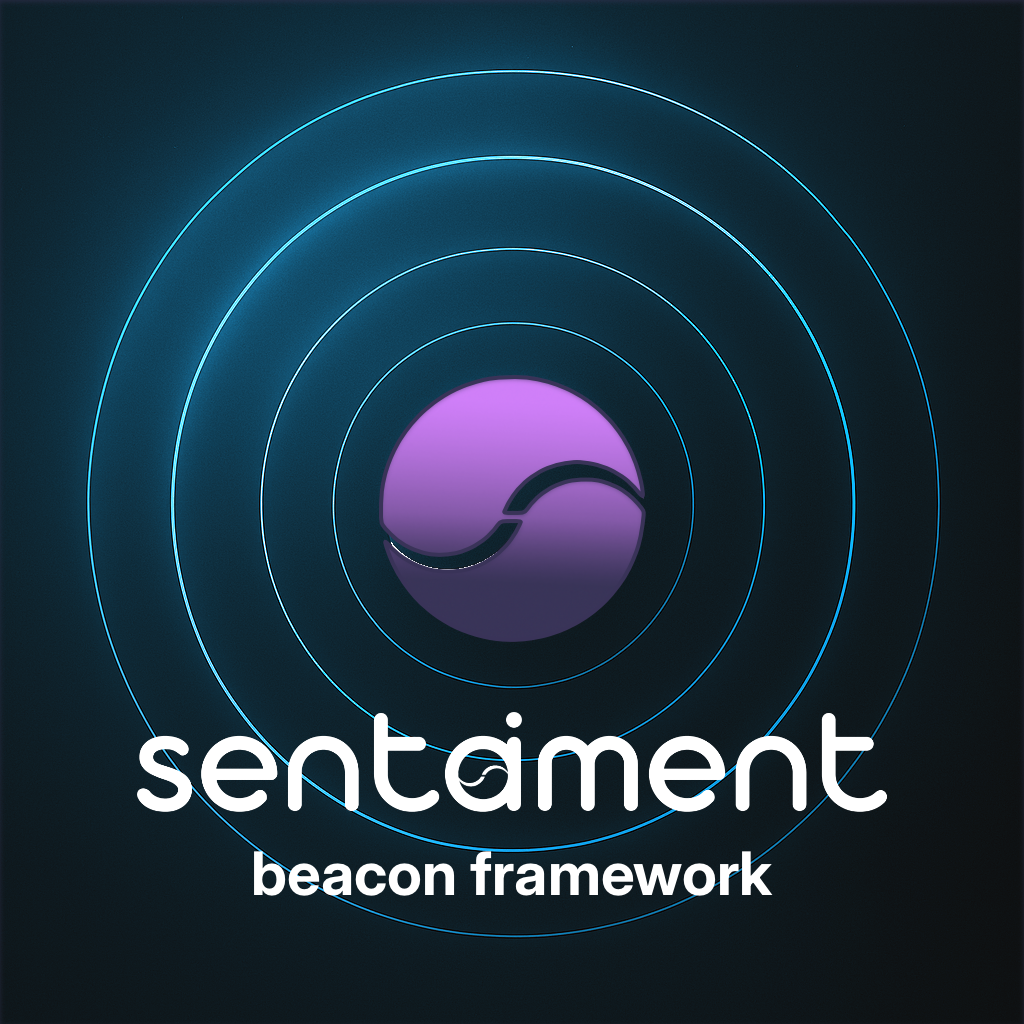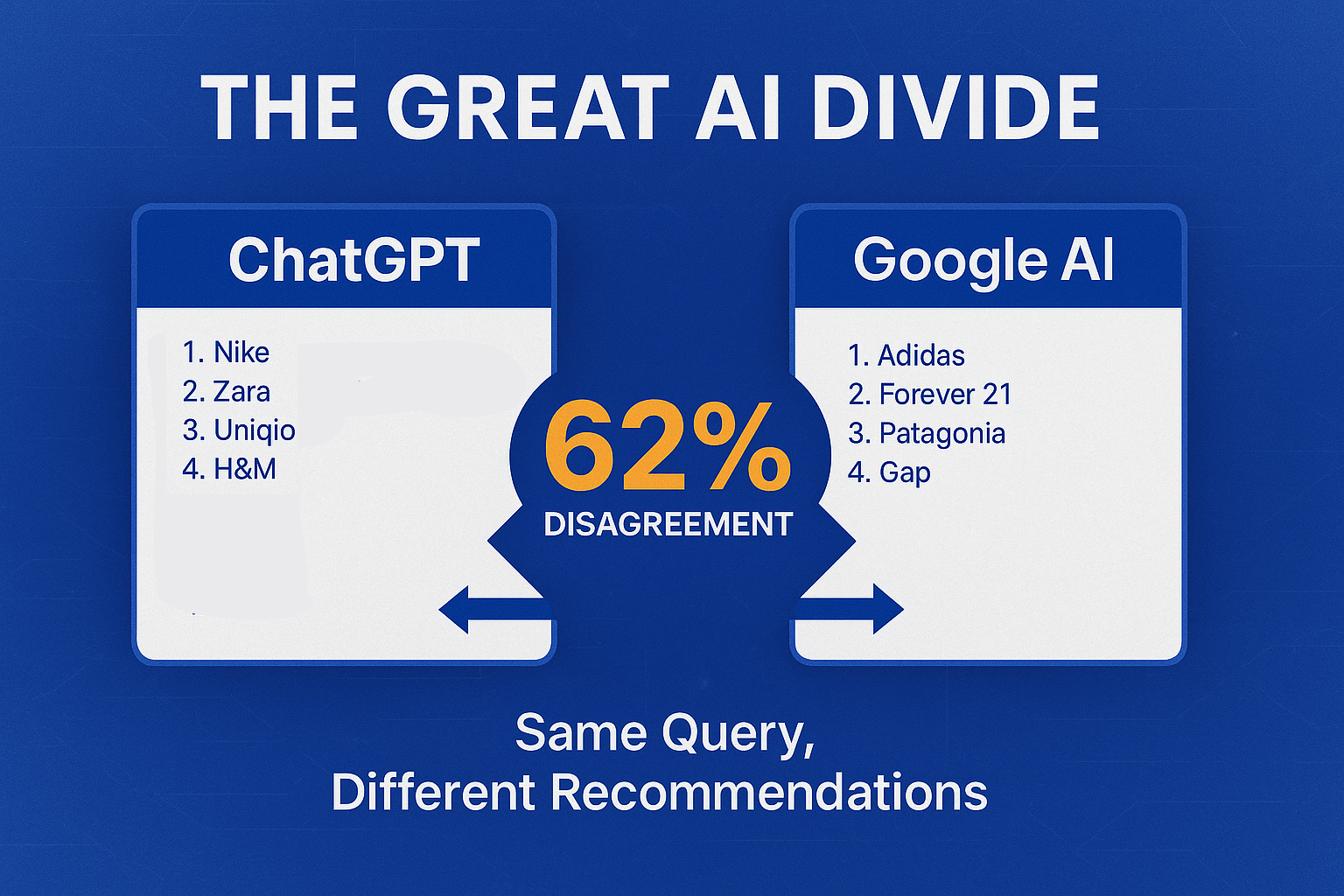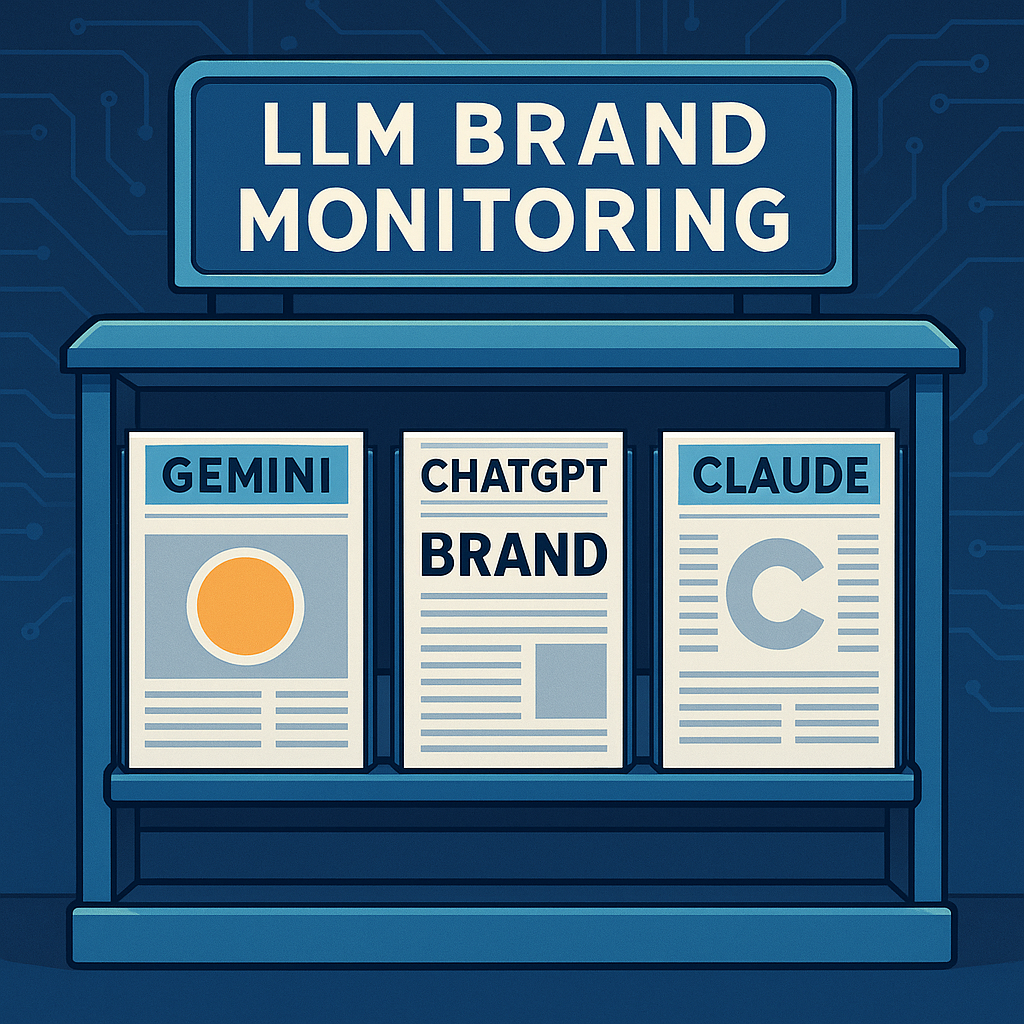Introduction
With your brand's visibility benchmarked and sentiment evaluated, you now face a critical question: Does your brand's representation across AI platforms align with your strategic positioning? According to Harvard Business Review, "72% of business leaders expect digital transformation to create closer relationships with customers" G2, 2023. The audit phase of our BEACON methodology focuses on identifying gaps between your intended brand narrative and how AI systems actually portray your organization—a critical step in maintaining brand integrity in an increasingly AI-mediated world.
Common Misalignment Patterns
Our analysis of over 10,000 brand audits has revealed several recurring patterns of brand-AI misalignment. This systematic approach to uncovering these gaps builds on research in the evolving field of Large Language Model Optimization (LLMO) or Generative Engine Optimization (GEO), which focuses on strategically influencing AI-generated brand narratives Kopp Online Marketing, 2025.
-
Temporal Misalignment
- AI references outdated products, leadership, or initiatives
- Recent rebrands or repositioning efforts aren't reflected
- Historical issues overshadow current improvements
-
Proportional Misalignment
- Minor aspects of your business receive outsized attention
- Core value propositions are underrepresented
- Strategic priorities aren't emphasized proportionally
-
Tonal Misalignment
- AI portrayal doesn't match your brand voice guidelines
- Technical brands appear casual; premium brands appear generic
- Brand personality dimensions are inconsistently represented
-
Competitive Misalignment
- Competitive differentiators aren't emphasized
- Outdated competitive comparisons persist
- Competitors' messaging influences your brand narrative
-
Value Misalignment
- Brand values and ESG initiatives are misrepresented or omitted
- AI systems miss the "why" behind your business
- Purpose-driven messaging doesn't translate to AI representations
The Audit Methodology
Conducting a comprehensive brand-AI audit requires:
-
Documentation of intended positioning
- Brand strategy documents
- Official messaging frameworks
- Competitive differentiation points
- Current campaign priorities
- Product positioning statements
-
Systematic gap analysis
- Compare intended vs. actual representation
- Quantify severity and impact of misalignments
- Map misalignments to business objectives
- Identify patterns across different AI systems
-
Priority assessment matrix
- Business impact (revenue, reputation, recruitment)
- Correctability (ease of influencing AI systems)
- Strategic importance (alignment with core objectives)
- Market visibility (customer exposure to the misalignment)
The Hidden Narrative
This "narrative gap" meant that prospects researching via AI missed a crucial emotional connection point that had historically driven conversion rates. By identifying this misalignment, they could develop a correction strategy focused on amplifying their founding story across digital channels that influence AI training data.
Preparing Your Audit Report
An effective brand-AI audit culminates in a comprehensive report that serves as your roadmap for correction:
- Executive summary highlighting critical misalignments
- Detailed analysis with specific examples from various AI platforms
- Prioritized list of correction opportunities
- Benchmark metrics for measuring improvement
- Recommended timeline for implementation
Moving to Correction
With your audit complete, you're now ready for the most actionable phase of the BEACON methodology: correction. In our next article, we'll explore specific strategies for closing the gaps between your intended brand positioning and how AI systems represent your organization.













